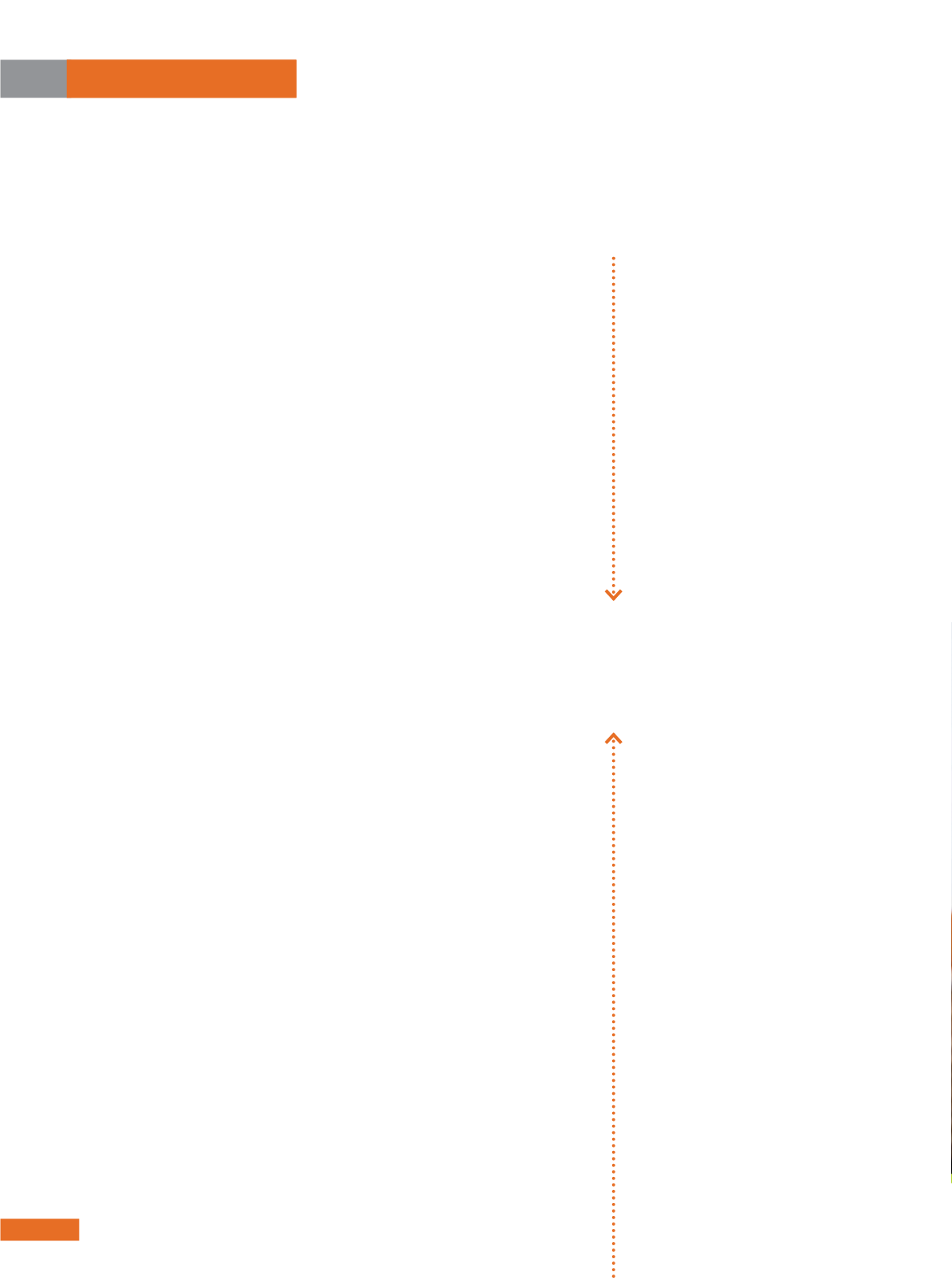

3 2
E LE CT R I C AL CONNE CT I ON
AUTUMN 2 01 5
THE BUZZ
Expectant excursions
T
he Buzz is expecting in 2015 –
no, I am not pregnant, just full
of expectations for electrical
Standards and the industry.
My calendar is filling up fast with
Standards meetings and travel to various
states for technical forums. It’s a good
gig that allows me to interact with our
industry’s stakeholders.
There are signs that the economy is on
the up. Home loans have increased on the
previous year, which will translate to more
work and opportunity. On the domestic
front we usually see improved sales about
six months after construction starts.
Growth in commercial projects
continues to impress, most of them being
clinics, nursing homes and aged care
facilities. No surprises there, considering
the ageing population in Australia.
However, I have been pleasantly
surprised by the number of contractors
getting involved in the medical sector.
Industrial – specifically mining – is still
volatile. Certain pockets are going ahead
and others are pulling back due to low
commodity prices. Keep your eye on this
sector for opportunities.
Regarding industry in general, non-
compliant and copy products continue to
cause grief.
Imported cable is a big concern, and
readers would be well aware of the Infinity
cable debacle. About 40,000 dwellings
could be affected – and probably more as
the installations are tracked down.
Remember, the insulation on these
cables will break down in quite a short
time if exposed to heat (roof space
temperatures in summer) and stress
during installation (cable clips, ties, etc).
Another brand has been recalled for the
same problem. Let me say it again – you
only get what you pay for.
The next subject is not about inferior
product, but it could be.
Replacement of halogen lamps with
LEDs in downlights has caught me a little
by surprise in recent times.
Some friends, thinking they were saving
money, bought lots of LED lamps and
proceeded to change them over.
After a few days the new lamps
stopped working, or had a very bad
flicker. The LEDs were a reputable
brand but did not match the existing
power supplies in the ceiling. Now those
power supplies must be replaced – an
expensive lesson.
If you recommend LEDs to customers
to help them reduce energy bills, check
the power supply and ensure that only a
compatible lamp is used. Otherwise just
install new power supplies and lamps.
So what is coming up on the electrical
Standards front? Many committees are in
the throes of revisions or amendments to
some very important Standards, not least
of which are the Wiring Rules.
The bible of the industry is being
revised, and several issues are being
sorted out as I write. A little sneak-peak is
probably in order:
>
RCDs on all final sub-circuits;
>
the use of 10mA RCDs in primary
schools;
>
a total rewrite of the Safety Services
section;
>
clarification of outbuildings and
bonding requirements;
>
a total rewrite of the recessed luminaire
section to incorporate classifications
and subsequent markings;
>
inclusion of electric vehicle charging
installations;
>
addition of arc fault detection devices
for prevention of fire;
>
reintroducing assessment of
switchboards and clarity on recent
developments in switchboard
requirements;
>
addition of prohibited zones around
cooktops; and
>
new figures to be added for damp areas.
These are just a few, but it’s early days.
With publication scheduled for late 2016,
it is all hands on deck to get this revision
completed.
From an accessories (or ‘Bakelite’)
perspective a new electrical conduits
Standard has been adopted from our
European friends.
This means there will be two Australian
and New Zealand Standards for conduits:
the existing AS/NZS 2053 and the new AS/
NZS 61386. They will run in parallel, and
both will be accepted for our market.
Don’t despair, as there is negligible
difference between the two in regard to
Standards committees are
buzzing with activity, and
Gary Busbridge
sees parallels
in business opportunities
for contractors.
The industrial sector –
specifically mining – is
still volatile.
















